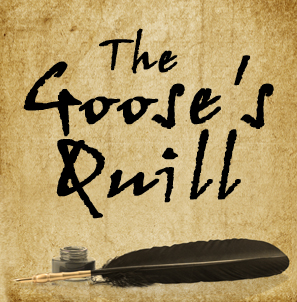I recently got editing notes back from my publisher, Evil Jester Press. To my surprise, I found that there is an emotional process to editing, and it has stages. The 7 stages of the revision process are slowly revealing themselves to me:
1. Anxious Anticipation
This is the first stage, often overlooked because it takes place before a single editing note is given. This stage occurs in the time when your book has been accepted by a publisher, but before you get your notes from your editor. How long this stage lasts depends on how long it takes the editor to get your notes to you.
2. Freaked-out Excitement
When your notes hit your in-box, excitement surges through your body. Suddenly, the fact of your book’s publication feels REAL. The forward movement brings a giddy smile. Then you open the notes, read them, and the freak-out begins. I can’t do this! It’s too much! It’s overwhelming! My book stinks so much, I can’t believe the publisher ever accepted it!
3. Accepting Reality
Slowly, the overwhelmed stress leaches away, and reality sets in. The notes are fair, and you can see how they will improve the book. You know it will not be a fast process, but that you CAN do it. You accept the challenge to take your book to the next level.
4. Organized Chaos
The notes you receive may or may not be highly organized. Even if they are, the notes may not be organized in the best way for your brain. Every writer’s editing process is unique, just as each writer’s writing process is unique. For me, I took my notes and divided them into “Technical Notes” and “Creative Notes.” The Technical Notes range from the formatting of the titles to raking through the manuscript to edit out as many passive verbs as possible. They are the fixes that, although often time-consuming, are not creatively taxing. The Creative Notes are the ones that will require rewriting or new writing, such as fleshing out the world or tweaking the voice.
5. Diving In
Once you’ve gotten the notes organized, it’s time to dive in! Take the notes in whatever order suits your process. I tend to do the easiest fixes first, then work up to the hardest. Other writers prefer to get the harder fixes out of the way and end with the easy stuff. It’s a personal choice.
6. Fear of Failure
This is where I am currently. Oddly enough, even as I am making progress in many notes, I still worry that I will not be able to deal with the harder, often subtler issues, such as voice and world-deepening. That somehow my creativity will fail me at a crucial moment, and I will end up with a book almost perfect in the nuts and bolts while lacking in soul. I push the fear aside, trying to tackle one thing at a time. I have to trust that my Muse will come when I need her, as she always has.
7. Success
This is the final stage! If you work hard, focus, and keep chipping away, you will get there. You will finish, and your book will be better for all the extra work. I’m estimating that I will arrive at this stage in several weeks—perhaps a month if my Muse takes a vacation at an inopportune time or life events get in the way.
So there you have the 7 Stage of Revision! Where do you get mired? What stage are you in right now? Do you have any tips to get through the process more efficiently?
